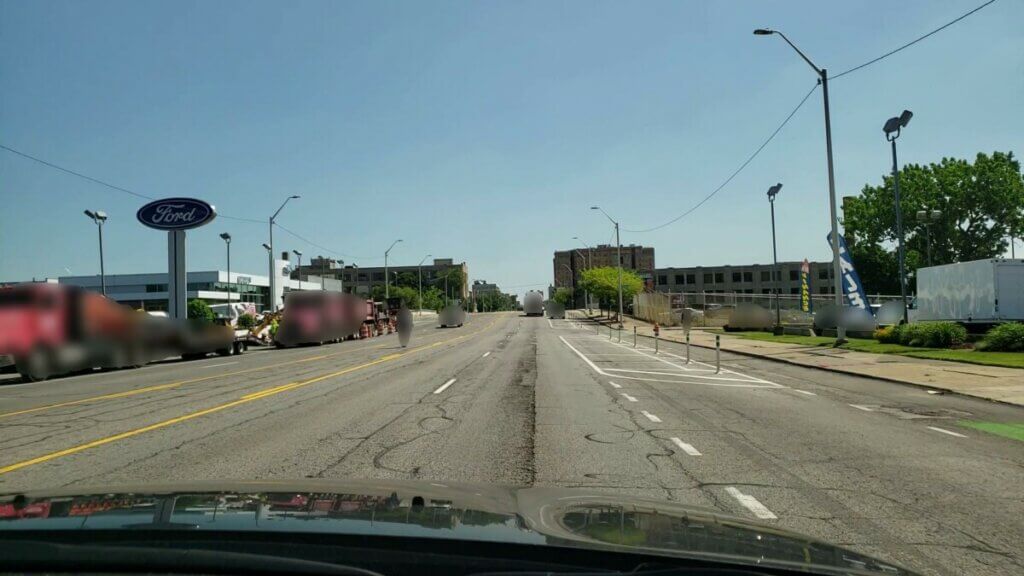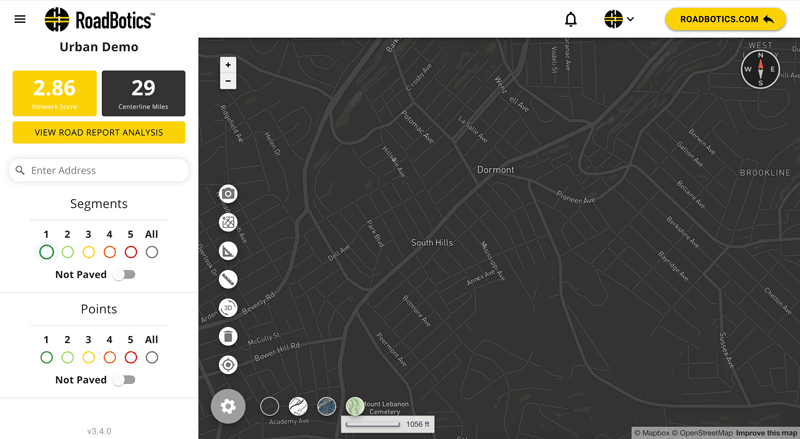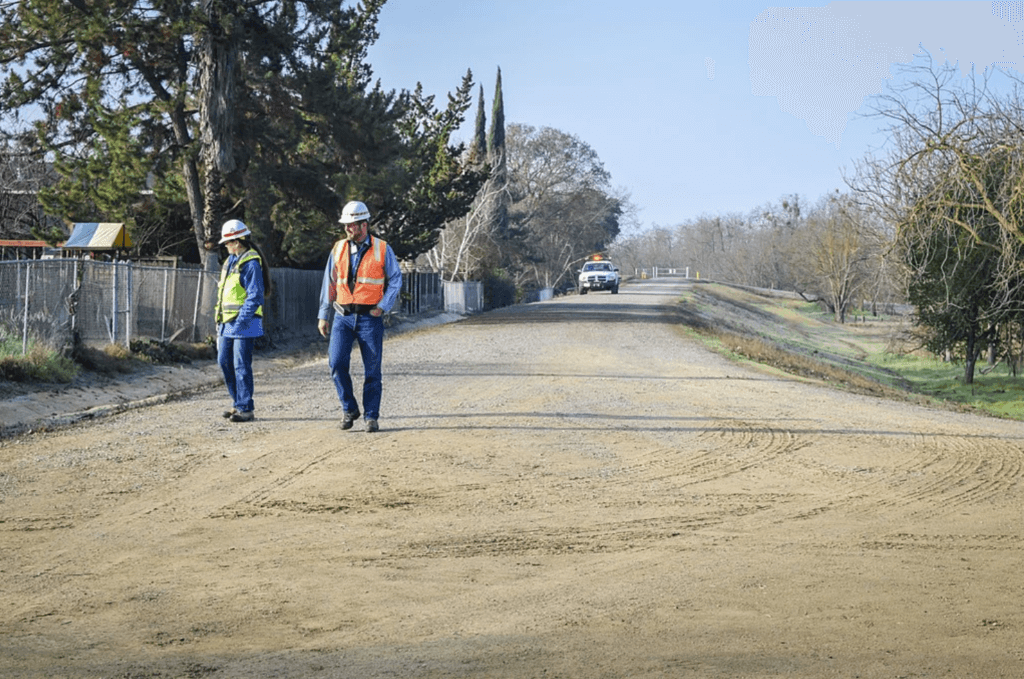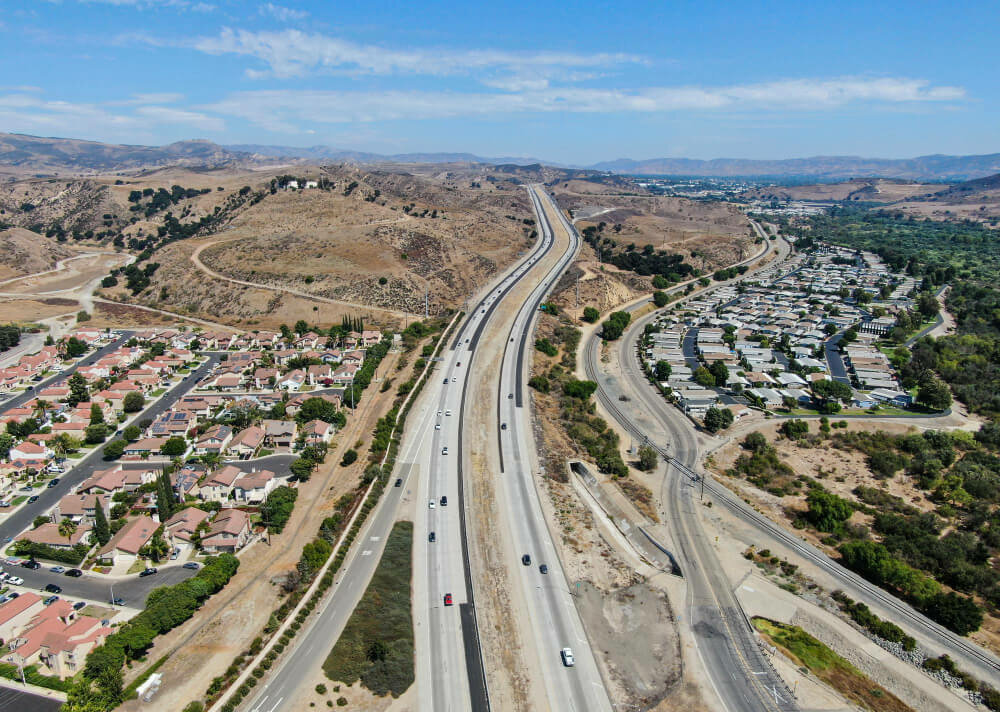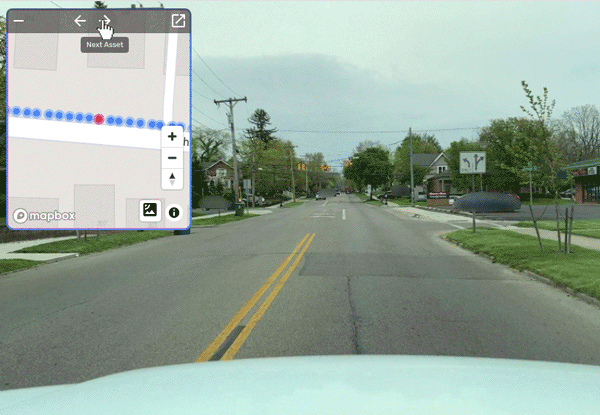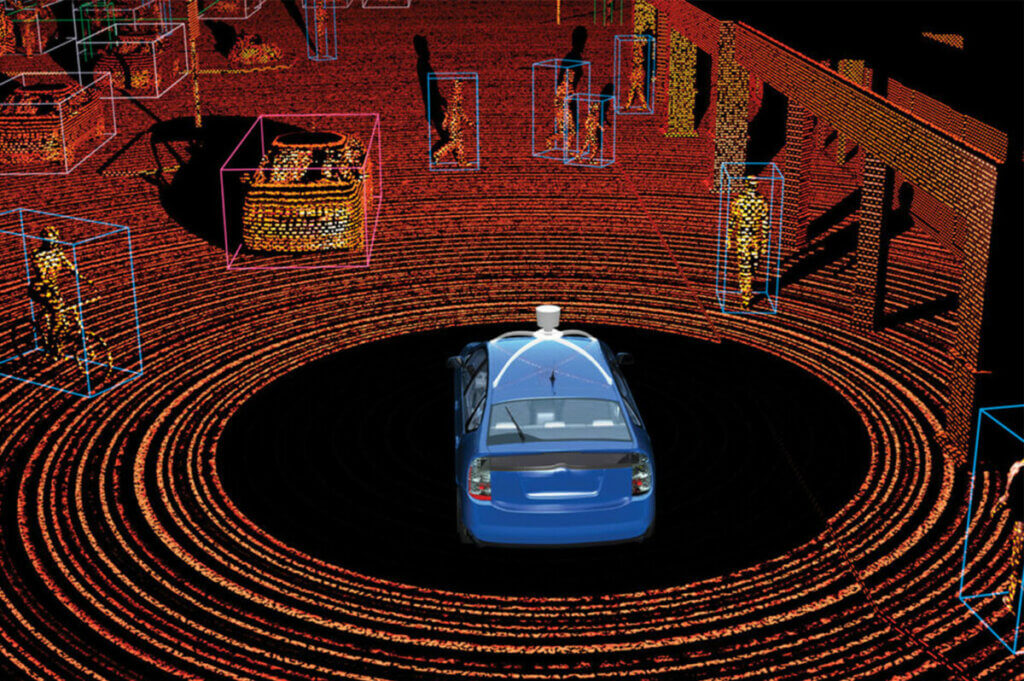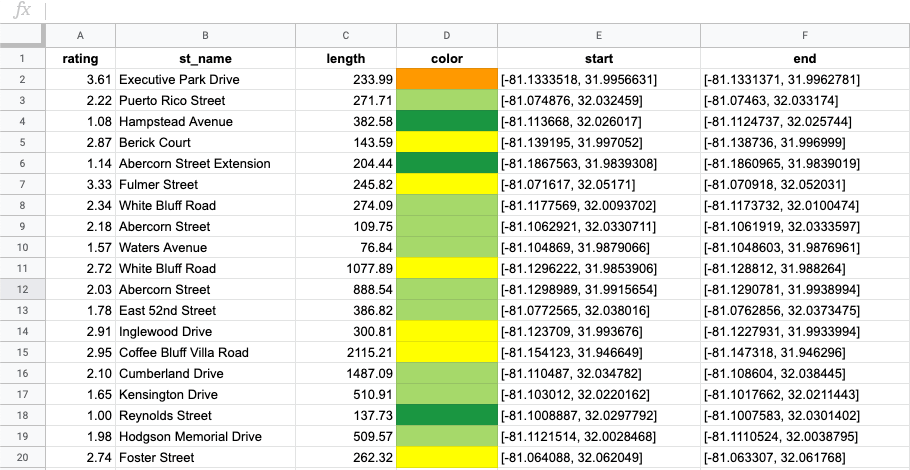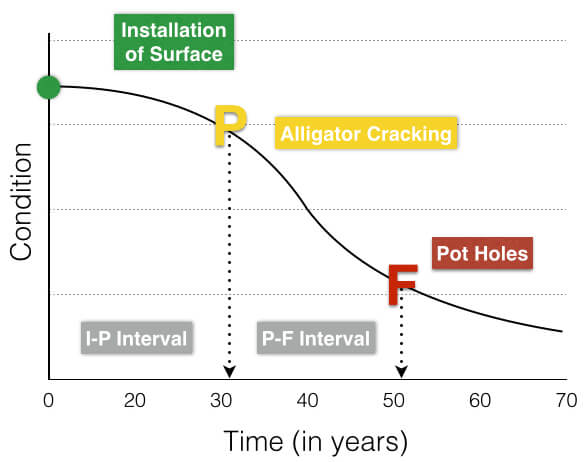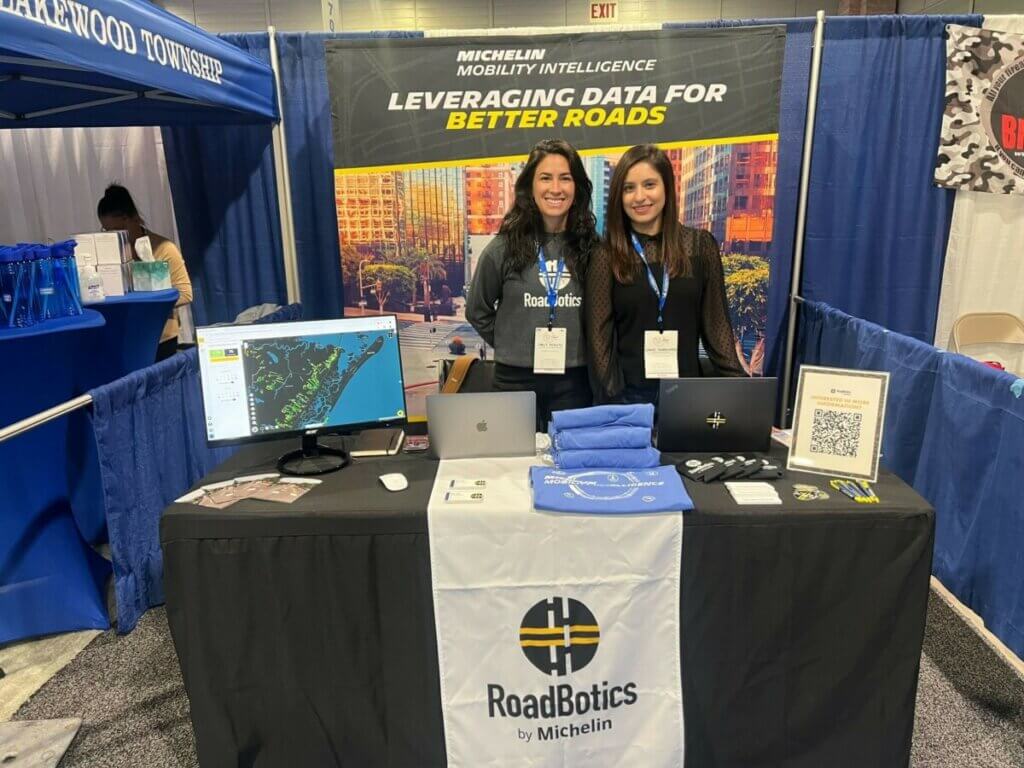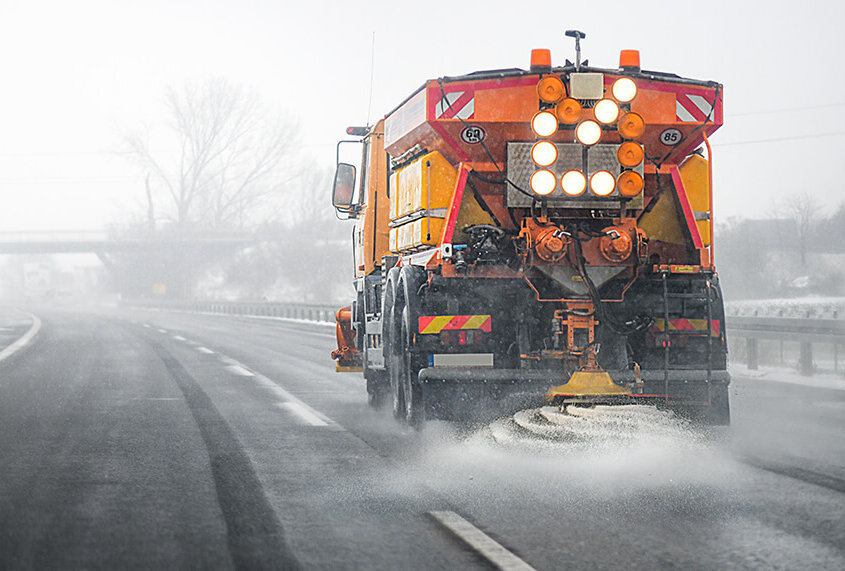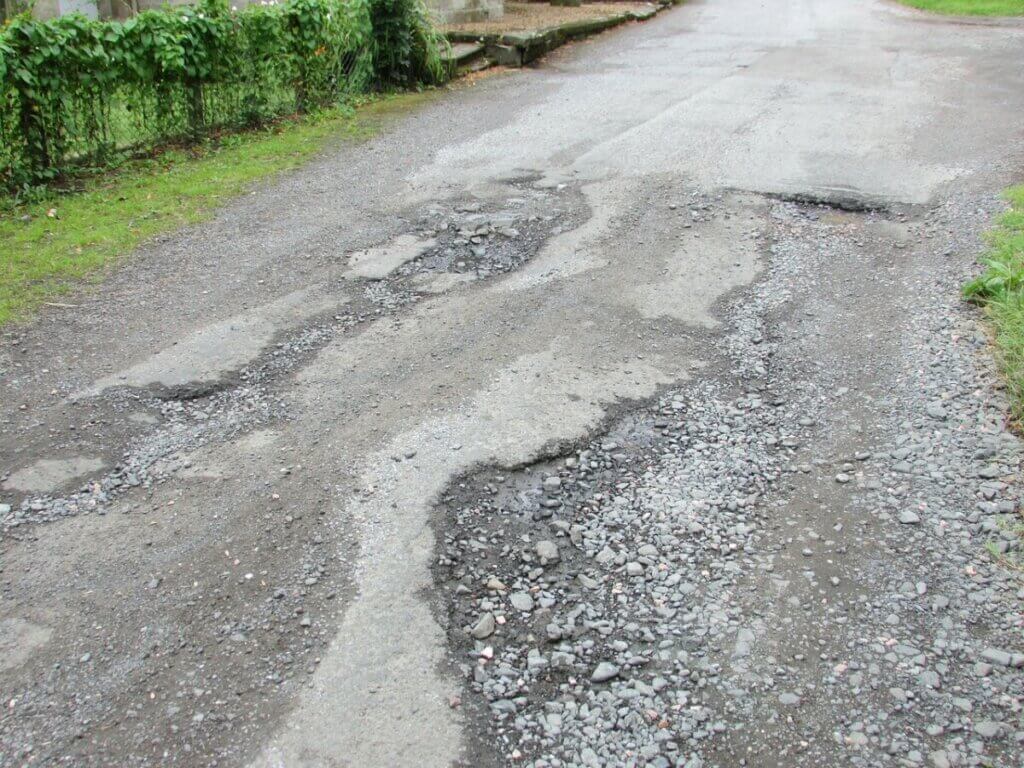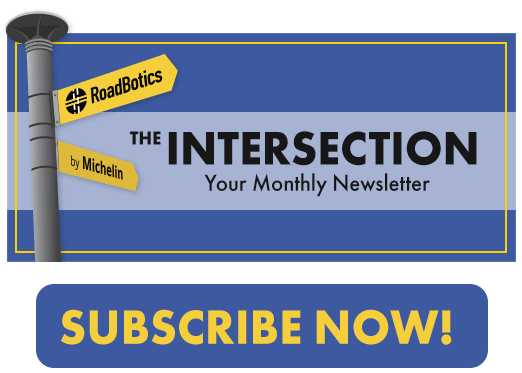If you are part of a Public Works team or engineering firm that manages roads, how do you determine if your maintenance efforts are successful year over year?
With March marking the start of the paving season for many regions across the US, spring is the perfect time to consider if your current methods could use some improvement.
Follow along as we share how to enhance your current road maintenance planning by reviewing your methods, researching the best tools, and implementing strategies that incorporate objective data.
Step 1: Review Current Processes and Identify Gaps
When it comes to the roads you manage, can you answer questions like:
When was the last time every road in the network was assessed?
What was the condition and location of the worst roads? The best?
What percentage of roads were mid-quality, and how will their quality be preserved with preventative maintenance treatments?
Do you operate on a reactive or preventative road maintenance system?
Questions like these provide the basis for better road maintenance – knowing the best route to achieve your goals begins with having a clear understanding of where you’re starting.
Once you review all the components of your current system, it’s time to identify gaps. As with any gap analysis, prioritization is key to setting yourself up for long-term success.
Gaps in road maintenance strategies can range from very high-level to more granular in nature.
For starters, if you don’t have an objective, high-level overview of every road in your network, this is where it makes the most sense to begin. Without it, decisions surrounding which roads to repave and when can become more subjective, leading to higher costs and worse roads.
Once you have established an objective overview, more granular gaps can be prioritized, like which roads need sealing treatment versus patching.
Once you have a gap in mind you’d like to improve, you’re ready to move on to the research phase.
In working with over 300 communities, we have found that technology-based tools are the most effective for streamlining time-consuming or repetitive tasks.
Step 2: Research Tools to Support Gaps
Many new technology tools promise to solve all of your challenges. The trick is to find the tool that matches your needs that has the right features and falls within your budget.
Technology can support common road maintenance challenges in a few different ways, especially when it comes to the road assessment process.
When picking the best technology tool for the job, it can be helpful to think critically about your main goals. If you were looking to improve your road assessment process, it would be helpful to consider topics like:
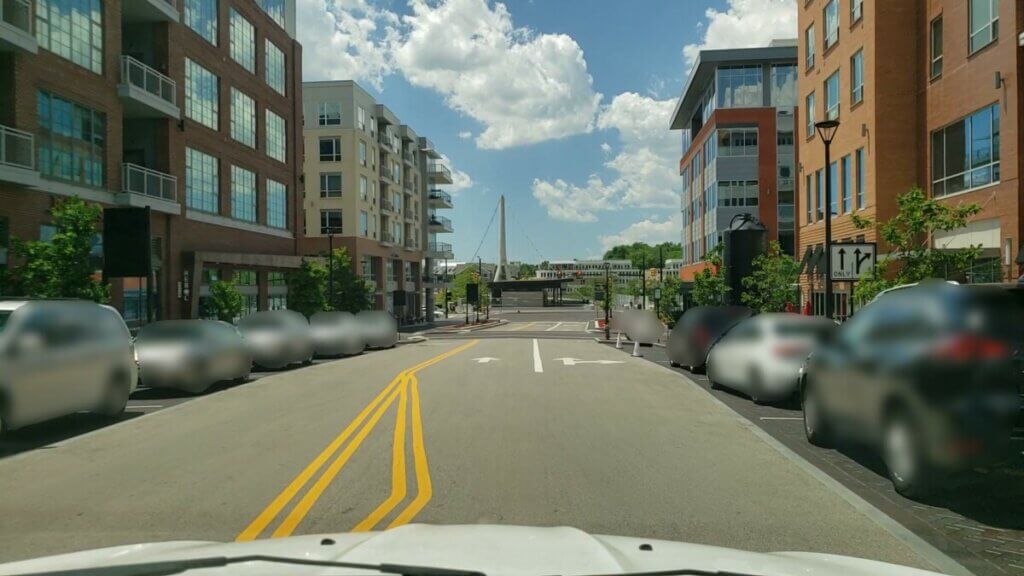
Frequency of Assessment
Does this tool allow me to conduct assessments in less time or with greater frequency?
In comparing some commonly used road assessment methods, we can see which makes use of technology tools and how that impacts common gaps.
Manual methods like windshield surveys typically rely more on professional experience than technology. This mainstream method relies on low-cost technology like spreadsheets, and has a lower barrier to entry. But, the data quality can be influenced by human error and staff availability, indirectly impacting other important areas like assessment frequency and objective decision-making.
Mobile LiDAR systems are a technology-based assessment method that uses light-detecting lasers to collect road condition information. This delivers quicker and more objective assessments but comes with a high entry cost. To get started, communities must purchase LiDAR scanners or prefabricated LiDAR vans. In addition, opting for this technology requires additional steps to clean, analyze, and visualize the results before they can be used for planning maintenance.
Automated road assessment software can provide a middle ground between manual and LiDAR-based assessments. This method offers the ability to collect road data with a smartphone and provides AI-generated road condition ratings.
All the objective data is automatically visualized on a color-coded, interactive map, making tasks like identifying the worst or best roads easy.
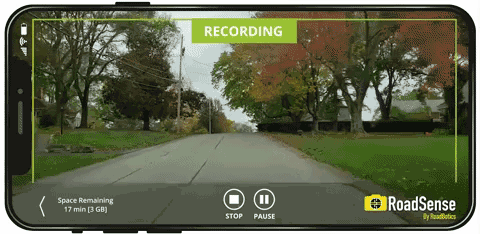
Results are able to be exported in CSV or Shapefile formats to integrate across systems.
The funds you have available, time you’re looking to commit, and data quality you’re seeking will impact which tool is the best fit to bridge your gaps.
After you choose the best technology tool for your assessment, it’s time to put it to the test!
Step 3: Implement Tools and Re-assess Based on Results
Once you’ve picked which new technology to integrate, it’s time to see what it can do and compare the results to your previous method.
If you have a particular metric you identified in Step 1, then it is pretty straightforward to gauge success – Take a look at the past few years’ data and calculate how the new results differ.
If you’re looking for a more comprehensive view of performance, it can be helpful to reference quantitative and qualitative data.
You can collect more qualitative data, like surveys, from staff regarding the time spent and ease of use. This information is valuable in determining if a new technology tool will be well received long term.
In terms of proving ROI, quantitative data is more practical. Assessing time, cost, and quality from a numerical perspective requires unbiased objectivity. Typically, this is machine-generated, or additional measures are taken to limit subjective bias. As it related to road maintenance efforts, you could calculate and compare time spent, labor used, and road condition change. This data is most accurate using LiDAR scans or automated road assessment systems.
After reviewing, researching, and implementing, you’re now on your way to better road maintenance! The best part is that this simple approach can be referenced repeatedly to assess rather than guess if something is worth the investment.
If you identified the need for a more objective approach to road assessments, we recommend downloading our FREE Road Assessments guide for Local Government and Small Teams to learn how automated road assessments work and what benefits they have to offer.

